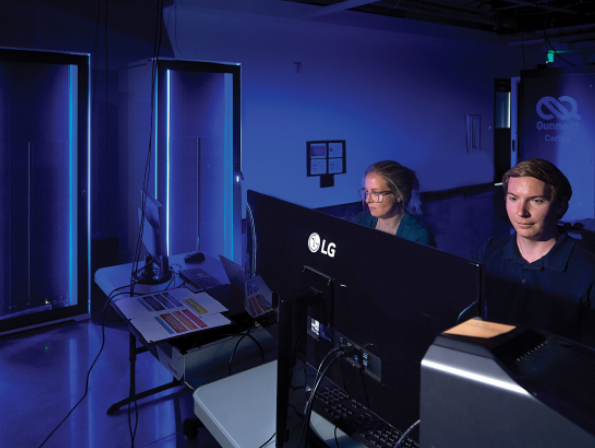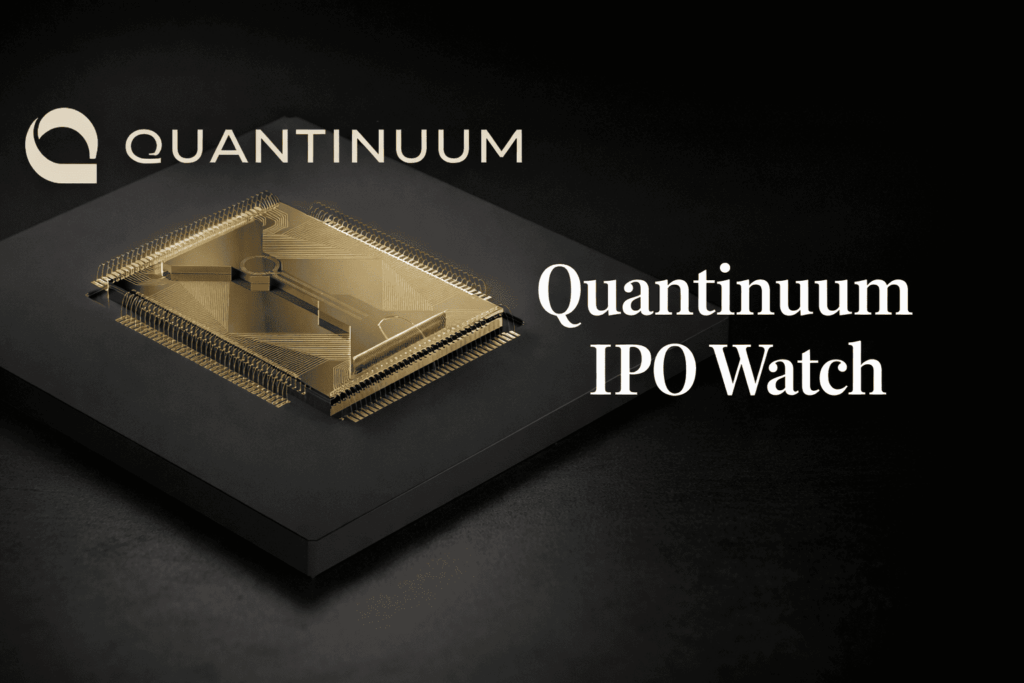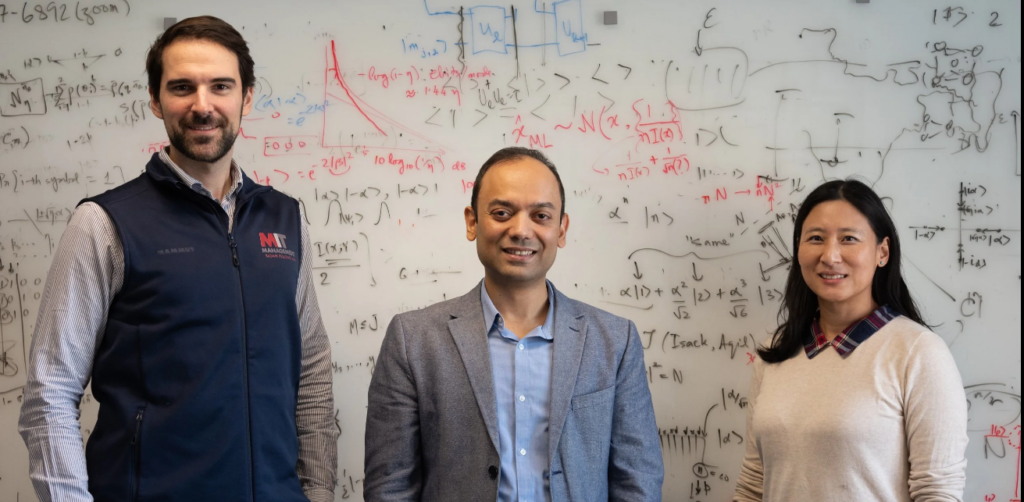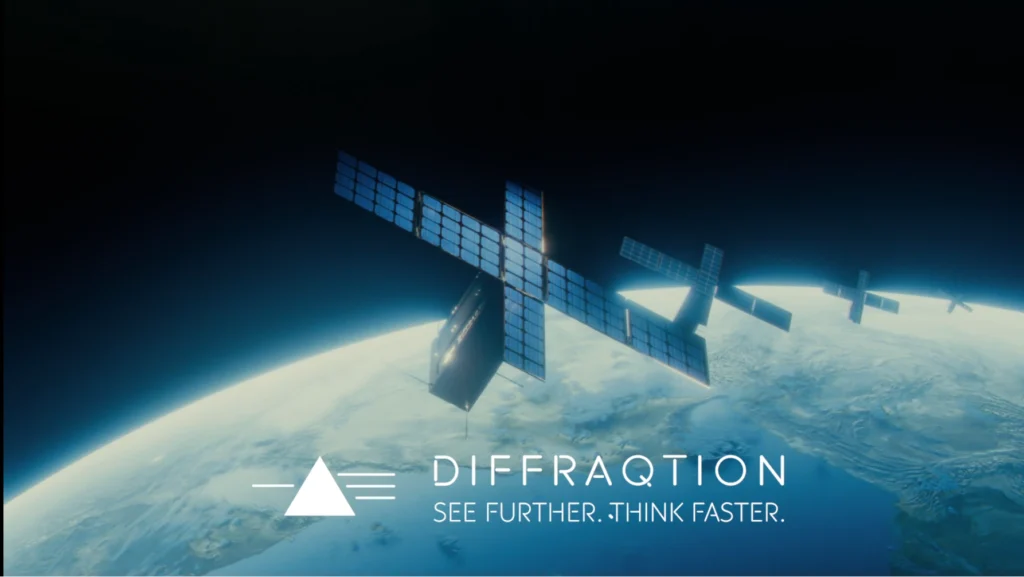A July 27, 2022, article titled “Guest Post: Inside Classiq’s Synthesis Engine” highlights the main features of the Classiq platform, but less than one year later the article is in need of a significant update. This article begins with a brief recap of how the Classiq platform existed at that time and then goes into the platform’s new features.
July 27, 2022
The Classiq platform was promoted as a means to quickly and easily synthesize large quantum circuits. By “large,” they didn’t mean a few dozen qubits. They meant hundreds or even thousands of qubits. Importantly, this was something you could easily test and verify with access to the platform.
The Classiq platform was also promoted as focusing on functional level optimization. In other words, you could focus on what you wanted to do, and you could largely ignore how you would go about doing it.
The Classiq platform was hardware-aware, synthesizing circuits based on qubit counts, qubit connectivity, and more. You could constrain circuit width to the largest quantum computer available to you, or you could constrain circuit depth to minimize noise. You could change backends — you could even change providers — and re-synthesize the circuit specifically for that selected hardware. If no valid circuit was possible, the platform would notify you. Importantly, you would never have to alter your algorithm. Similar to the old Java slogan, “write once, run anywhere,” you could define the desired functionality once, and then execute it on any compatible hardware.

April 19, 2023
First of all, everything you just read is still true. Now, onto the changes.
Although the Python SDK still exists, the VS Code implementation has been deprecated and moved to an online environment. This new platform is more of a no-code application than a development environment. You don’t have to write a single line of code to experiment with the Variational Quantum Eigensolver (VQE), financial risk analysis, Grover’s algorithm, and state preparation. More options are reportedly forthcoming.
The new platform is holistic. Step 1 is synthesis: define the desired functionality with textboxes, dropdowns, and arrows. And then step 2 is execution: select a compatible backend from IBM Quantum, Azure Quantum, or AWS Braket to run it on. Technically, there are two additional screens, one to view circuits and one to view measurement results, but both are analytical. The original Classiq platform focused on Step 1 and allowed Step 2, but the new platform has elevated execution to be on an equal footing as synthesis, making execution noticeably easier than it used to be.
The new platform has academic licensing. Register with an academic email address and you can not only use the Classiq platform for free, you can also use Azure Quantum backends for free. This is not limited to simulators, by the way. The new Classiq platform, for academic accounts, has unlimited, free use of real ion trap and superconducting quantum computers.
Since July 27, 2002, Classiq has partnered with Q-CTRL. Although it requires leaving the platform, it’s worth noting that you can export QASM to execute your circuits with Fire Opal. Fire Opal provides unmatched error suppression, error correction, and error mitigation, but only on select IBM Quantum backends at this time.
Conclusion
Since the July 27 article, the Classiq platform has evolved into a true platform. You can use real quantum computers without writing a single line of code. And, if you’re in Academia, you can do so for free.
For more market insights, check out our latest quantum computing news here.


















